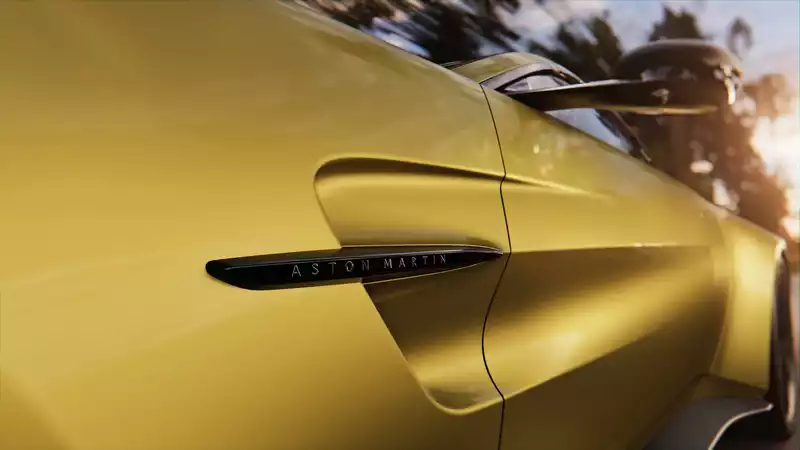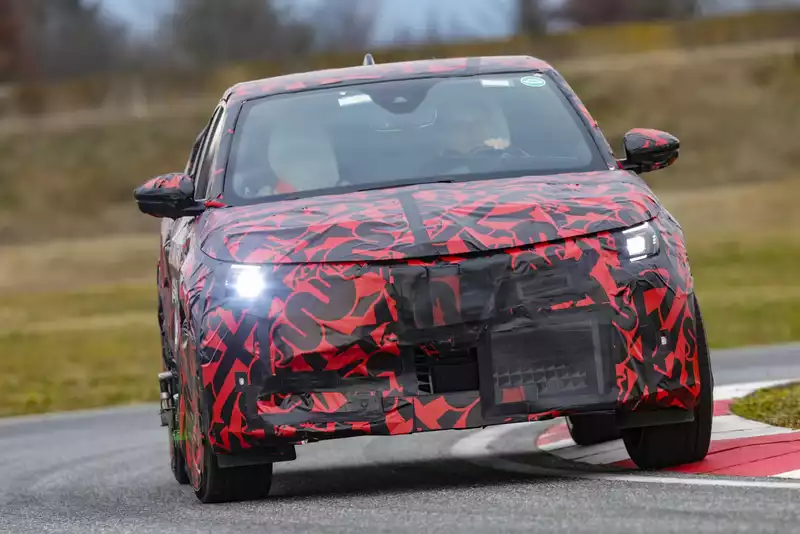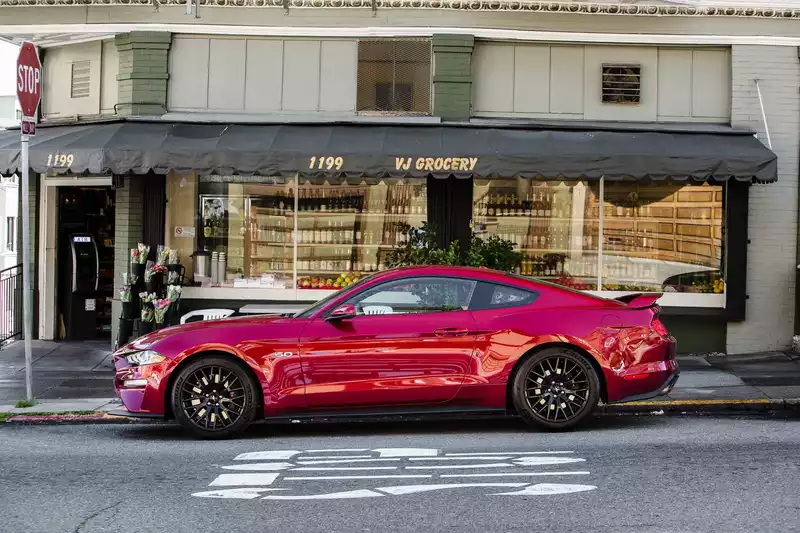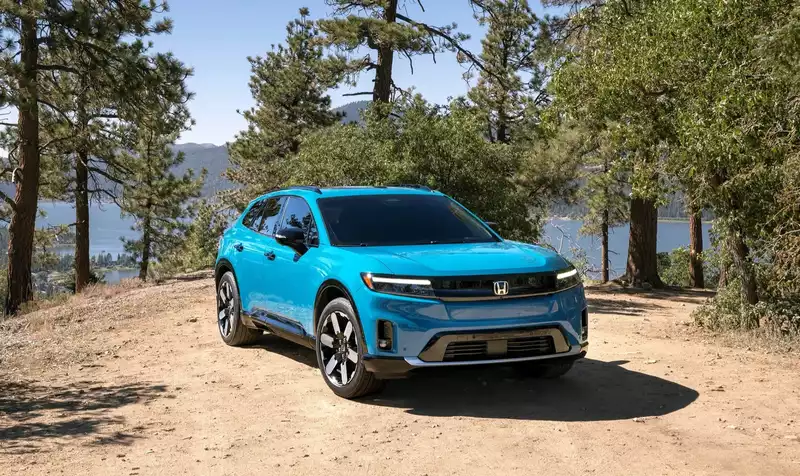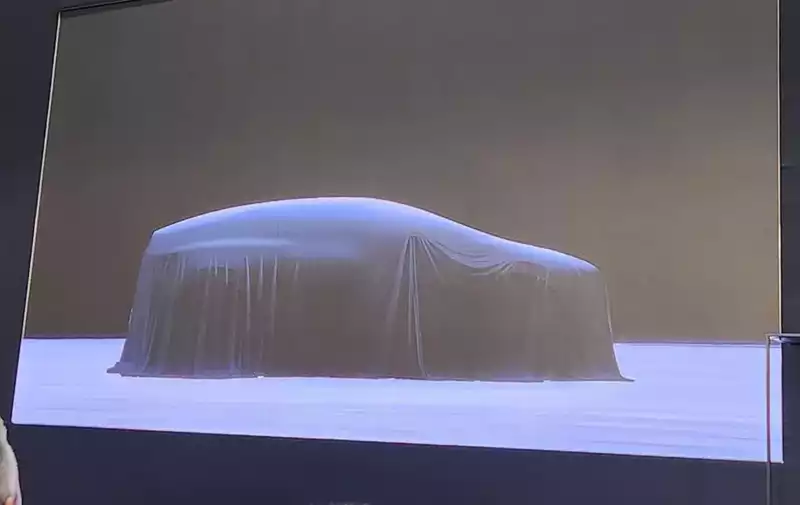McLaren explains how the Elva pace cars keep the interior quiet even at 70mph.
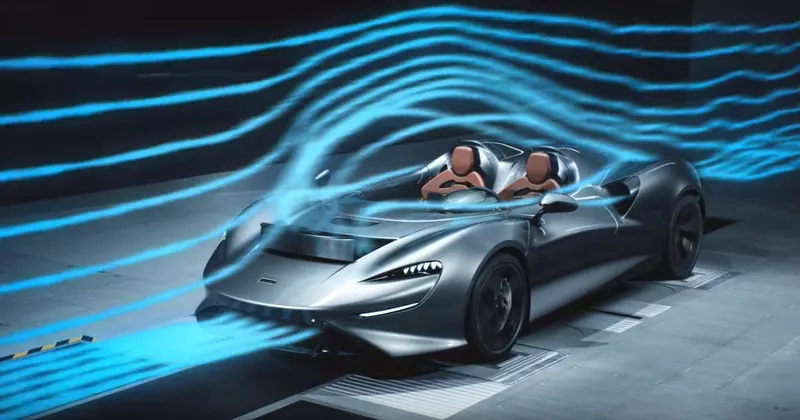
Speedy cars are a pleasure to drive, but without a windshield this pleasure quickly turns into discomfort.
In addition to wind, bugs and small pebbles fly in. If you don't believe me, just look at the front of the car after a long day of driving on the freeway.
McLaren has come up with a solution for its recently released high-performance speedster called the Elva.
The key is a channel in the nose of the car that sucks in oncoming air and directs it upward and slightly forward with incredible force. Any oncoming air not sucked in by the channel is caught in this directional flow and thrown over the car, creating a calm zone around the cabin. Performance is reduced due to the increased drag, but on days when maximum performance is required, the system can be turned off. A similar system is installed on the Ferrari Monza SP1 and SP2 speed cars.
According to Dan Williams, McLaren's head of design, the Elva system is so efficient that even at speeds up to 70 mph (about 150 km/h) it does not move a hair. Sitting in the Elva and sticking your hand through the airflow can be compared to sticking your hand through a regular car window, he said, and the difference is stark.
McLaren will only build 399 Elva cars, with the first model due in late 2020. The car features McLaren's carbon fiber monocoque and is powered by an 804 hp version of the 4.0-liter twin-turbo V8 engine found in the 720S and Senna. Acceleration to 0-60 mph takes less than 3.0 seconds and 0-124 mph takes 6.7 seconds. Top speed is not mentioned. Prices start at $1.69 million.

